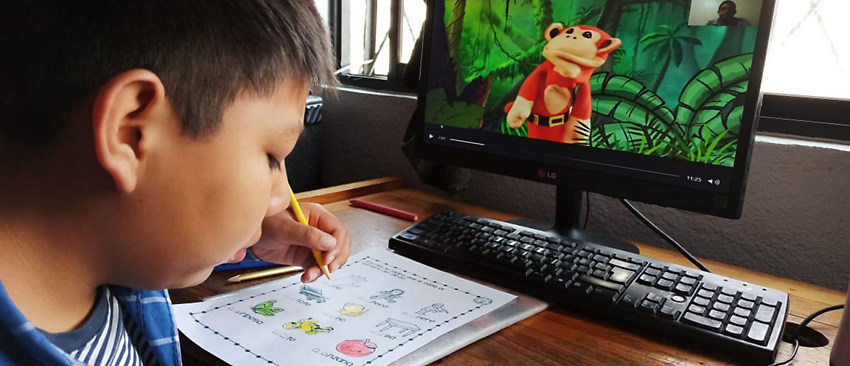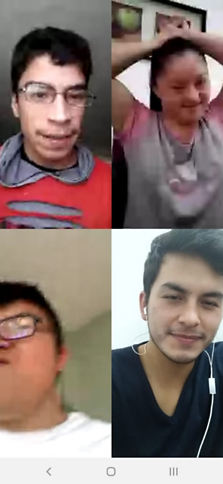Americas
Remote learning at Sinamune Disabled Orchestra

Much like so many students around the world, the students of the Sinamune Children’s Orchestra are using the power of technology to continue their lessons.
In 1992, Maestro Edgar Augusto Palacios, together with his wife Marcia and daughter Ada, founded the Sinamune Disabled Children’s Orchestra. A national music system for special-needs people (mostly children and young adults), Sinamune was created by the Cultural Foundation “Edgar Palacios” to help students overcome mental and visual challenges to develop the motor skills needed to play a musical instrument—and in doing so, gain the confidence to face many other challenges they might encounter during their lives. In this way, Sinamune also aims to help to integrate its students into mainstream society.
Sinamune became a Grand Circle Foundation partner in 2004. Our donations have helped refurbish the auditorium, where our visiting travelers enjoy musical performances. We’ve also supported the purchases of a vehicle, new computers, and musical instruments for the school; contributed funds for many building improvements; and helped to fund scholarships.
During the COVID-19 pandemic, like so many schools around the world, Sinamune is providing its students with virtual education. Every day, teachers send a video with the day’s classes on three specific topics, which could have either an academic or therapeutic focus. The teachers then provide individual reinforcement for each student by phone, explaining the subject of the class and the tasks to be completed for the day. The parents support their children in carrying out the assigned tasks and activities, which take place in the morning.

Students and teachers from Sinamune use Zoom to stay connected and uplifted during this stressful time.
Then, in the afternoon, music classes are held with the same methodology. The teacher sends a video with the lesson and the repertoire, and the students work at home with instruments such as melodica (a keyboard with a mouthpiece) and piano. Dance activities are in the process of being incorporated. In the afternoon, the students communicate with the teacher and their classmates through Zoom—which enables them to interact with each other, greet their friends, and manage the stress of being at home while in quarantine.
We look forward to the day when the students of Sinamune can once again welcome O.A.T. travelers and share their talent and enthusiasm through performances. Until then, we take comfort in the knowledge that via remote learning, they are staying connected and continuing to hone their skills.